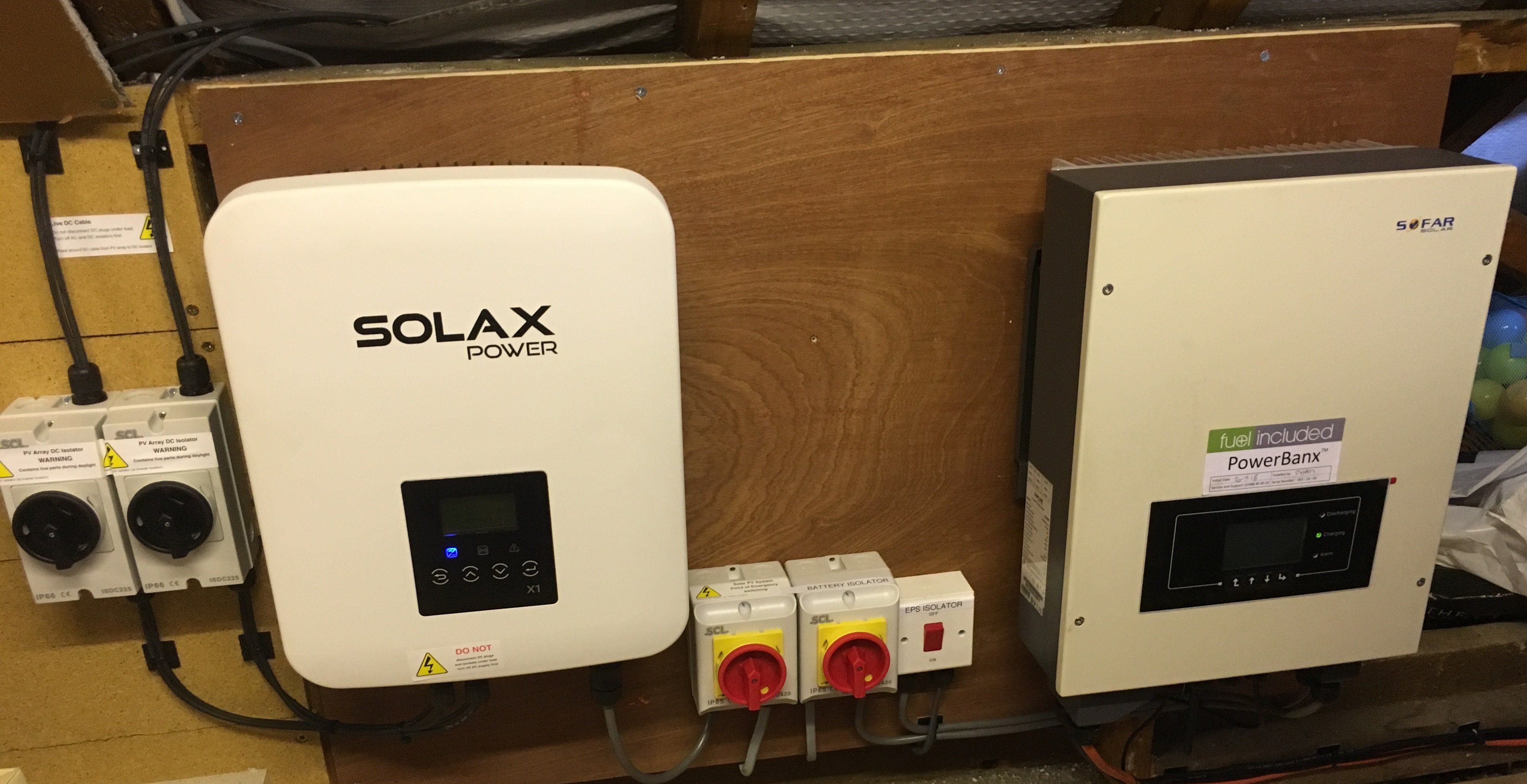Texas, along with much of the South, has been subject to a relentless, prolonged heat wave for several weeks – the kind of climate-fueled extreme weather event that scientists have warned us will happen with increasing frequency. This particular event is so extreme that Texas has been hotter than 99% of the Earth.
But unlike during Winter Storm Uri that blanketed Texas with ice and blackouts in 2021, the state’s grid has so far held up under the immense strain of powering millions of air conditioners cranked up at their highest power, driving peak demand to an all-time high of nearly 81,000 megawatts (MW), easily surpassing the 69,000 MW peak demand during the winter storm.
So, what’s the difference from 2021? How has the grid managed to function with more demand placed on it than ever before?
It’s all thanks to the rapid additions of solar, wind, and grid-scale battery storage in the last two years. Texas has added almost 3,000 MW of wind since Winter Storm Uri, and utility scale solar in the state has doubled every year since 2020, with nearly 10,000 MW of new solar added since 2020.
Read more: Forbes
It’s Time to Go Green!
If you would like to know more about Solar Panels and the PowerBanx range of home battery systems, and get a free instant quote, please complete our online form:





